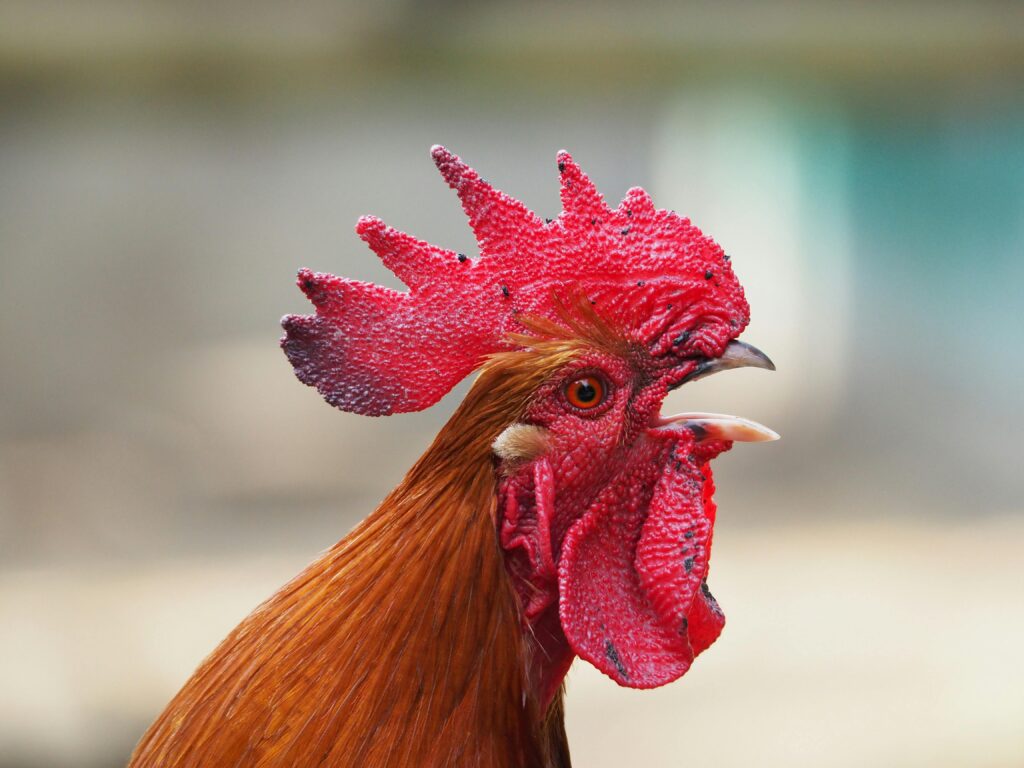

In the first half of 2025, a total of 13 Common Kestrels and Peregrine Falcons, our focus species, were reported to the DWHC. Of these, six— all Common Kestrels— were sent to Wageningen Bioveterinary Research (WBVR) to be tested for avian influenza. In addition, one Common Kestrel and one Peregrine Falcon were collected for post-mortem investigation at the DWHC.
Of the six Common Kestrels investigated at the WBVR, three tested positive and three tested negative for bird flu. The three birds that tested positive were found in the provinces North Holland and Friesland. The three birds that tested negative were found in the provinces Limburg, Flevoland, and North Holland.
In January, a Common Kestrel found in the province of Drenthe and a Peregrine Falcon found in the province of North Holland have been send to the DWHC for post-mortem investigation. The examined Peregrine Falcon had haemorrhages in the neck, lungs, and liver. This birds most likely died from flying into something. No underlying diseases were found in this animal that could have increased the likelihood of this happening.
The Common Kestrel had a hole in their right side and a haemorrhage in their left lung. As with the examined Peregrine Falcon, this appears to have been caused by trauma, such as flying into something. The bird’s trachea was partially blocked by worms (Syngamus trachea).
Syngamus trachea, also known as the gape worm, is a parasitic roundworm that occurs in the trachea of captive birds such as chickens, turkeys, and pheasants, as well as in wild birds like herons, jays, owls, and this Common Kestrel. Birds infected with this worm often show no symptoms, but some develop difficulty breathing. As a result, they gasp for air with their beaks open, which can look like yawning (see photo). This can cause respiratory problems, lethargy, and weight loss. In the examined Common Kestrel, this worm may have caused emaciation, thereby also increasing the risk of trauma.

Neither birds examined at the DWHC tested positive for bird flu.
Sources
Fernando, M. A., & Barta, J. R. (2008). Tracheal worms. Parasitic diseases of wild birds, 343-354.
Meister, S. L., Wenker, C., Wyss, F., Zühlke, I., Berenguer Veiga, I., & Basso, W. U. (2022). Syngamus trachea in free-ranging white stork (Ciconia ciconia) nestlings in Switzerland. International journal for parasitology. Parasites and wildlife, 18, 76–81. https://doi.org/10.1016/j.ijppaw.2022.04.007